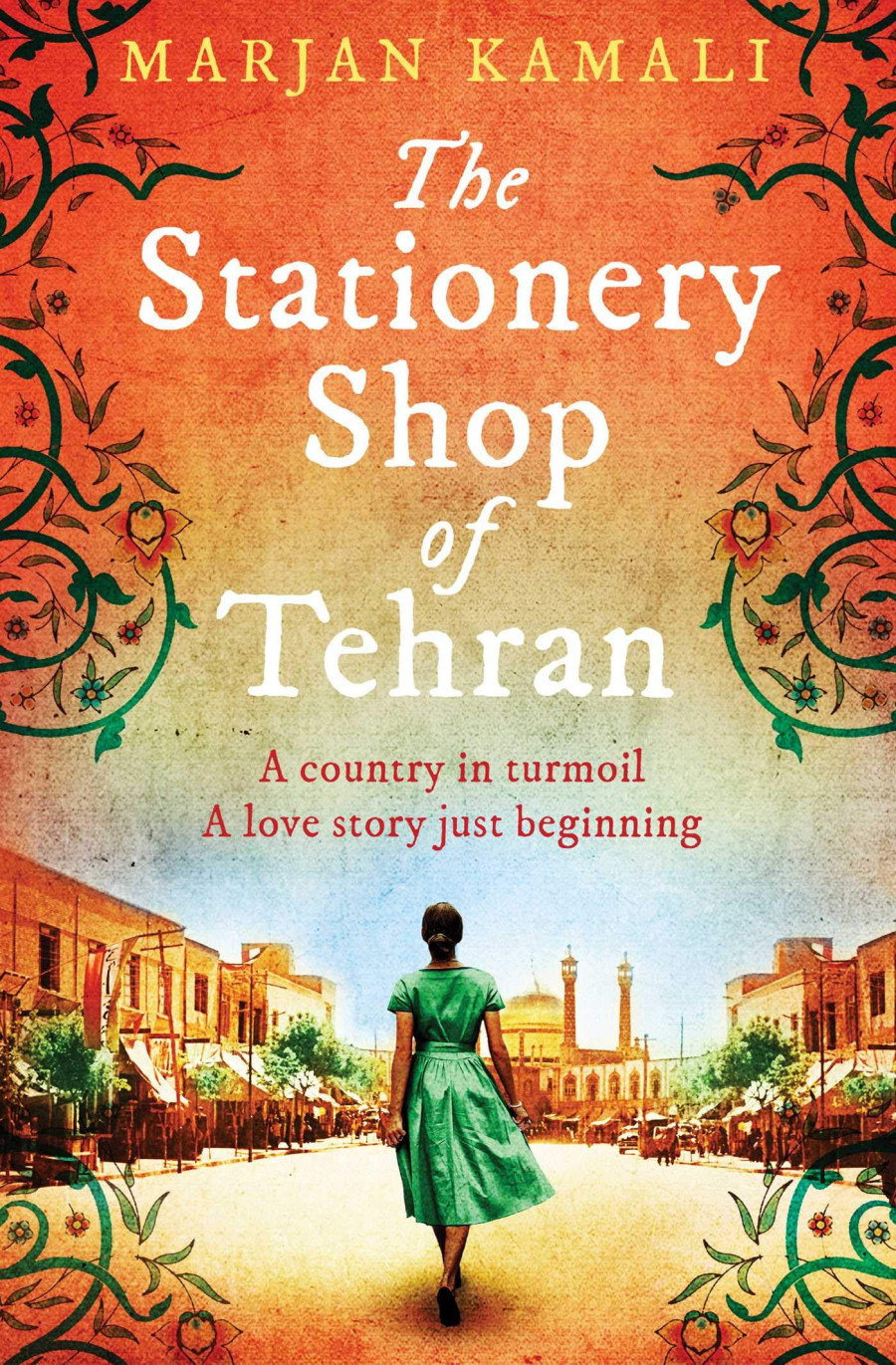Books
Love, loss and longing in Tehran
In contemporary times, when the meaning of love is reduced to a quick fix of sexual satisfaction and entitlement, Marjan Kamali brings forth a kind of love that stands the trials and tribulations of time and fate.
Fathima M
“Roya’s mother had always said that our fate is written on our foreheads when we’re born. It can’t be seen, can’t be read, but it’s there in invisible ink all right, and life follows that fate. No matter what.”
The year is 1953. The country is Iran and the city is Tehran. People, in general, are optimistic about many things—democracy, freedom, a penchant for written words, and, above all, the promise of love. But all that is left at the end is longing and hopelessness because destiny had other plans.
Marjan Kamali’s novel The Stationery Shop of Tehran is a poignant story of love, loss, freedom and unfulfilled desires. In contemporary times, when the meaning of love is reduced to a quick fix of sexual satisfaction and entitlement, Kamali brings forth a kind of love that stands the trials and tribulations of time and fate. Kamali, an Iranian born in Turkey and raised in various countries, takes us to experience the life and streets of Tehran through her perceptive narrations and storytelling.
The novel tells the story of Roya, a teenager who loves reading and spending time at a bookstore. Her love for novels and Persian poetry draws her to this dusty bookstore of Mr Ali Fakhri in the city of Tehran where she finds not only books but also the love of her life. She meets Bahman Aslan, a political activist, in this bookstore and they end up being besotted with each other. But they both are deceived by the same bookstore that taught them how to love and stand the test of love. The brutal turn of fate changes the course of their lives and they find themselves in different psychological, emotional, and territorial spaces over time.
At the backdrop of the novel is a volatile political climate where supporters of Reza Shah Pahlavi, Iran’s political leader for decades, are inclined to oust Mohammad Mossaddegh, the democratically elected prime minister. The country is divided between those who support monarchy and those who want democracy and freedom from imperialistic influences. Some also want to bring Communism in the country after being influenced by the Soviet Union. In such a scenario, Bahman, “the boy who wants to change the world”, finds himself considered a 'traitor' in the eyes of Shah's supporters. But he is adamant that his country be free from imperial power and they have control over their resources. The violent coup that overthrows the elected government unsettles everything and shatters the optimism of most people, including Bahman, who were assured that their country would soon attain freedom. But the dictatorial regime of Shah not only overthrows democracy but also the fate of many people.
The novel also sheds light on the life and culture in Iran before the Islamic revolution. The freedom people initially enjoyed while hoping for democracy in the future becomes an elusive quest, even a nightmare over time. The safe haven of ‘home’ is lost and fear lingers everywhere. Amidst this, there is a family drama in the life of Bahman who finds it hard to comprehend his mother’s mental health issue. The society, at large, is ignorant and judgemental about mental health and due to a lack of timely medical help, his mother continues to suffer. The significance of Nowruz, the Persian New Year, is central to the lives of people, whether at home or abroad. The presence of non-veiled women is a norm, and many parents, including the father of Roya and Zari, are keen to send their daughters to university with the belief that getting an education would improve the lives of the youth and hence the destiny of the country. But the annihilating forces of fascism and imperial powers deny the people the power and choice to make decisions about their lives as extra-judicial killings and gun shots become normalised over time.
Apart from devouring books, letter writing is also an important aspect during hard times in the world that this novel creates. The power of the written word can alter destinies, and Kamali depicts that very perceptively. The letters form an indispensable part of the narrative until the very end of the novel and offer both reconciliation and solace. The deceit involved in letter writing, however, also changes the course of some lives. The intersection of desire and deceit is at the crux of the novel and all the further losses aggravate the grief Roya, Bahman and his mother undergo. The irreparable loss of babies eclipses any other loss, including being jinxed in love which both Roya and Bahman’s mother suffer.
The novel also offers delightful insights into the culinary culture of Iran. There are passages devoted to the delicacies of Iranian household. The women seem to be excellent cooks but men still prefer to stay away from the kitchen. Roya, her mother, and her sister Zari are excellent cooks. They hone their culinary skills, especially Roya, even in the US and try to feel at home. There are detailed descriptions of tahdig, ghormeh sabzi, dolmehs, and many other delicacies devoured by Iranians. Tea is also an integral part of Iranian culture and it is like a religion to most people, just like the Persian rugs and Nowruz cleaning.
Despite moving to different spaces and countries, almost everyone in the novel remains tied to their past. Despite trying to get away with it, at the end, everyone realises that while life moves ahead a part of us is always tied to our past. The shared history of Roya and Bahman unleashes the cruelty of fate and the limitations of human will power. The novel, ultimately, is about various layers of turmoil—a country in turmoil, relationships in turmoil, and life in turmoil. Everyone must strive to get by in a world where fascism and personal deceit ruin more lives than one can possibly imagine.
Book: The Stationery Shop of Tehran
Author: Marjan Kamali
Publisher: Simon & Schuster
Price: Rs1,420




 11.12°C Kathmandu
11.12°C Kathmandu











